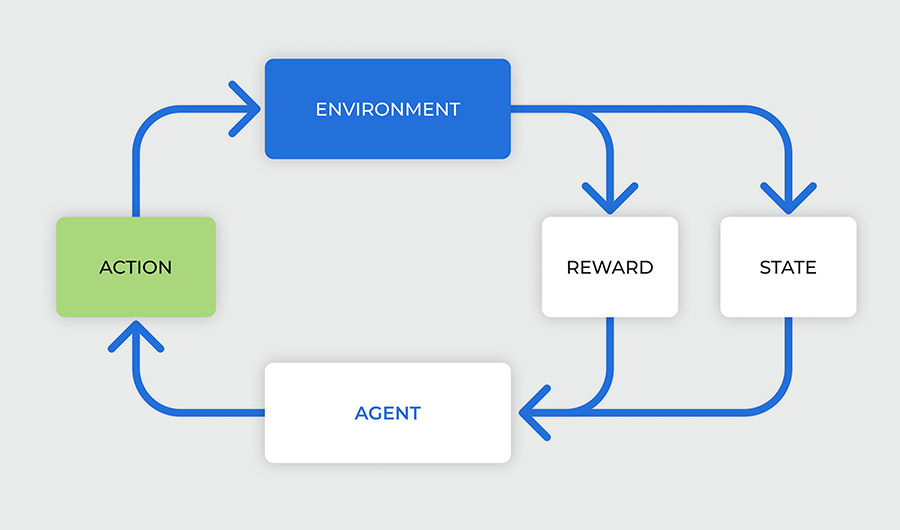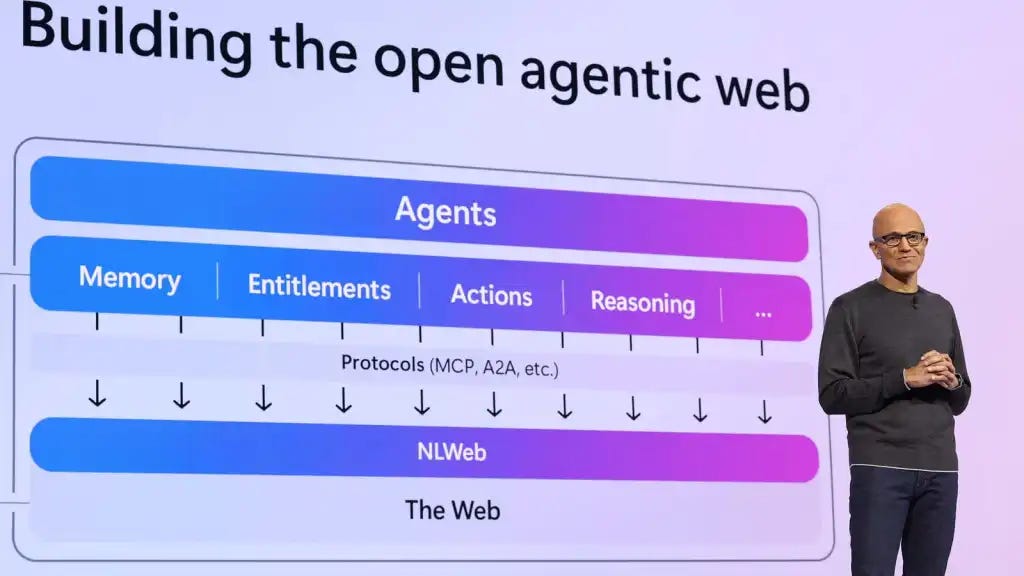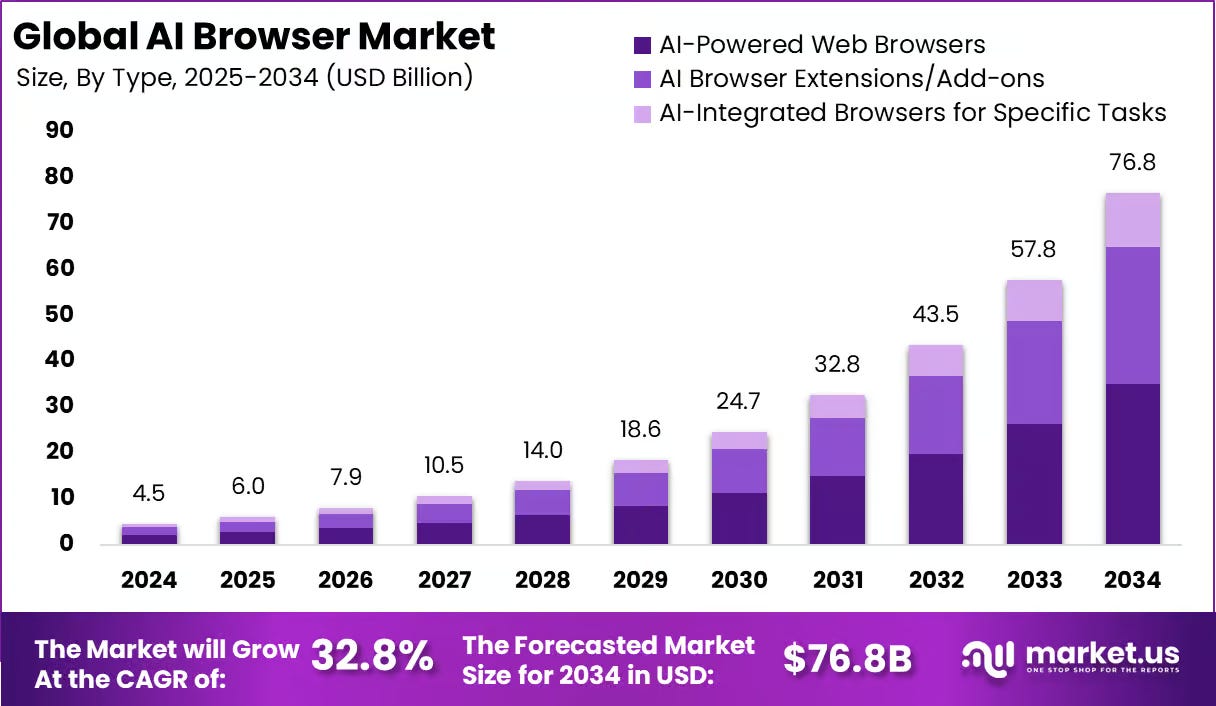From Talking to Doing: The Rise of Web Agents
The browser is becoming the training ground for AI that can adapt, act, and transform how we get things done
The Browser as a Training Ground
Imagine an AI that doesn’t just generate text, but clicks through forms, books flights, files expense reports, or troubleshoots a bank error. Instead of staying inside the chat window, it’s navigating the web like a digital intern.
This shift—from passive chatbot to active web agent—signals more than a cosmetic change. It reflects a broader bet in Silicon Valley: that reinforcement learning (RL) environments modeled on the web will train LLMs to become true doers.
From Chatbots to Web Agents
Chatbots were the first wave. They impressed with fluent conversation, but stalled when tasks required action rather than words. Web agents are the natural evolution, combining language fluency with the ability to execute: navigating cluttered websites, extracting information, and completing multi-step workflows.
If Atari games and Go boards were early RL proving grounds, today’s equivalent is the open web. Just as flight simulators gave pilots a safe environment to practice, the browser is becoming the training simulator for the next generation of autonomous web agents.
Why Reinforcement Learning Environments Are Central
LLMs trained only on static text can predict but not practice. To function in real-world settings, they need experience. The web, with its shifting layouts and unpredictable edge cases, is ideal for this.
That’s why researchers are creating RL environments like WebArena, MiniWoB++, BrowserGym, WebVoyager, and WebAgent-R1. These sandboxes let agents make mistakes, learn from feedback, and steadily improve at real-world navigation. The principle is straightforward: if an AI can manage the chaos of the web, it can manage the chaos of work.
The Silicon Valley Bet
Investment is accelerating. Startups like Adept, Rabbit, and Emergent Mind are raising capital on the promise of web navigation. The opportunity is massive: whoever cracks this space could own the interface layer for billions of workflows—shopping, booking, research, customer service.
As LLMs brought NLP researchers to prominence, RL specialists are now returning to the spotlight. Silicon Valley is betting that RL environments—long overshadowed—are the missing link to the next productivity boom.
Technical Breakthroughs Making It Possible
Several advances are turning demos into practical systems:
Context compression: enabling agents to process long, messy web pages without exceeding token limits.
Planning scaffolds: chain-of-thought reasoning and planning tokens give agents foresight.
Human-in-the-loop reinforcement: corrective feedback boosts both accuracy and training data.
Hybrid browsing + APIs: combining UI interactions with direct API calls improves efficiency.
Extended horizons: allowing more steps and retries leads to higher success rates.
Challenges and Open Questions
But hurdles remain:
Generalization: Training on 50 curated sites doesn’t guarantee performance across millions of live websites.
Safety: Agents capable of clicking, typing, or purchasing must be prevented from harmful or costly mistakes.
Economics: RL at web scale is compute-intensive and expensive.
Openness: While projects like BrowserGym are public, proprietary datasets may remain closed, limiting access.
Implications: A Browser-Native AI Future
If successful, the browser could shift from a tool we use to an arena where AI learns and works on our behalf. Enterprises might automate complex workflows and QA processes. Individuals could offload bureaucracy—tax forms, shopping carts, healthcare portals.
The broader vision: the web as a universal training ground for AI agents, where machines learn as humans did—by fumbling through forms, clicking wrong links, and gradually improving.
Where the Browser Leads
The rise of web agents signals a broader shift: AI is moving from conversation to execution, from answering questions to completing tasks. The browser—long the interface between humans and the digital world—is now becoming the training ground for machines that can learn, adapt, and act on our behalf.
If these systems succeed, they won’t just make browsing easier; they’ll reshape how work gets done, how businesses operate, and how individuals navigate daily life. The web taught us how to live online—now it may be teaching AI how to work alongside us.






